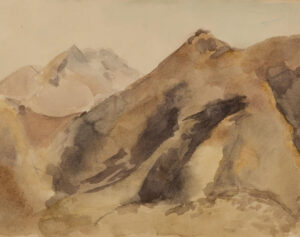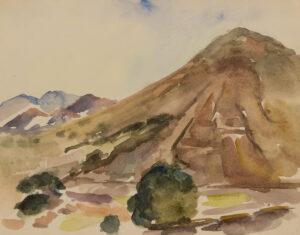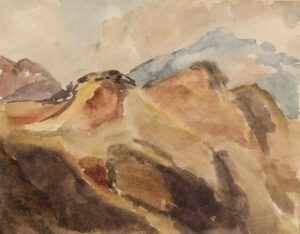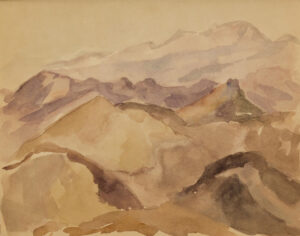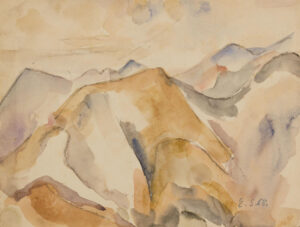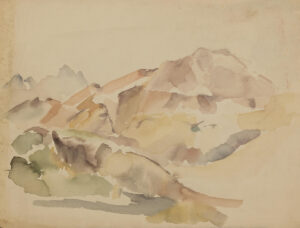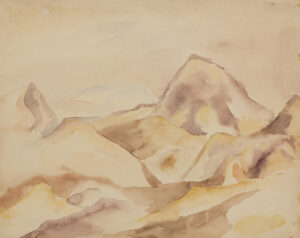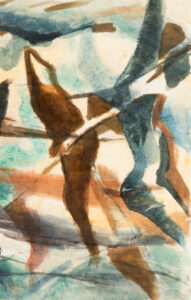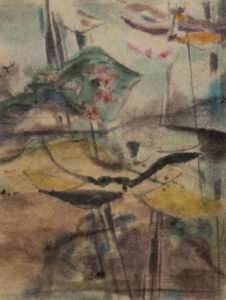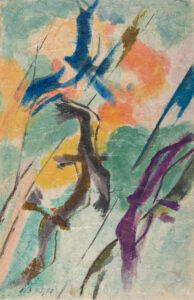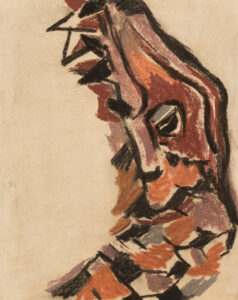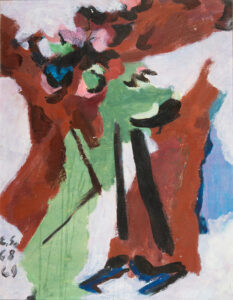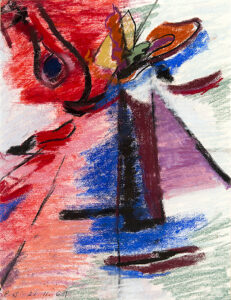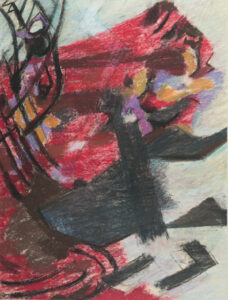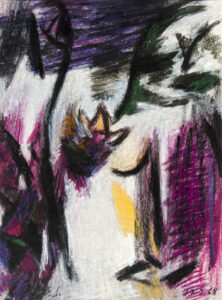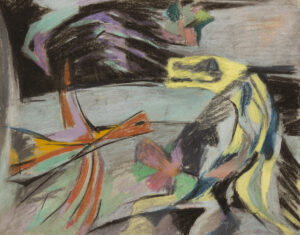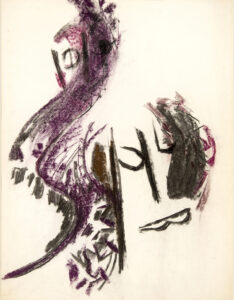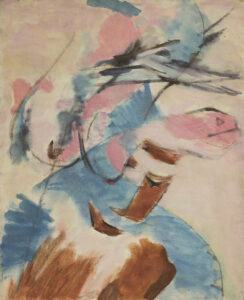Mexico and the Snake
Saemisch arrives to Mexico with his partner Gertrudis Zenzes in 1964. In 1971, his son Canek is born. The Saemisch family moves to Valle de Bravo, where the light and color of Mexico, its landscapes and its people become the main subjects of the artist’s new creations. He returns to the representation of human figures, now infused with renewed meanings.
During this period, the artist starts an intense relationship with writers such as Mariana Frenk- Westheim, Efraín Huerta, David Huerta, Alejandro Aura, Eligio Calderón, José Antonio Alcaraz, and René Avilés Fabila, as well as with artists such as Rufino Tamayo, Gunther Gerzso, and Mathias Goeritz.
Fascinated by the culture of Mexico’s native peoples and drawn by its natural beauty, Ernst travels through several states, forming close connections with the world of indigenous communities and peasants.
In Tierra Caliente, under the power of the sun and facing the silence of mountains, he experiences various encounters with the snake. These encounters inspire a new subject that obsesses him and become the foundation of his Man and the Snake series.
A sacred animal; guardian of the mountain, its waters, and rivers; a life-generating deity and a foundational icon of Mesoamerican mythologies, the snake is incorporated by Saemisch into his work as the guardian of sleep. He believes its intervention allows “man to find his autonomy in relation to divine creation.”
I am enthralled by the ancient art of Mexico because of its intense elementary spirituality and the way in which it transfigures human existence by locating it within a cosmic connection. The fascination it exerts transforms me as well as my painting.
ERNST SAEMISCH
I was always guided by a desire to get closer to primeval phenomena. My encounter with the snake fulfilled this longing.
ERNST SAEMISCH
